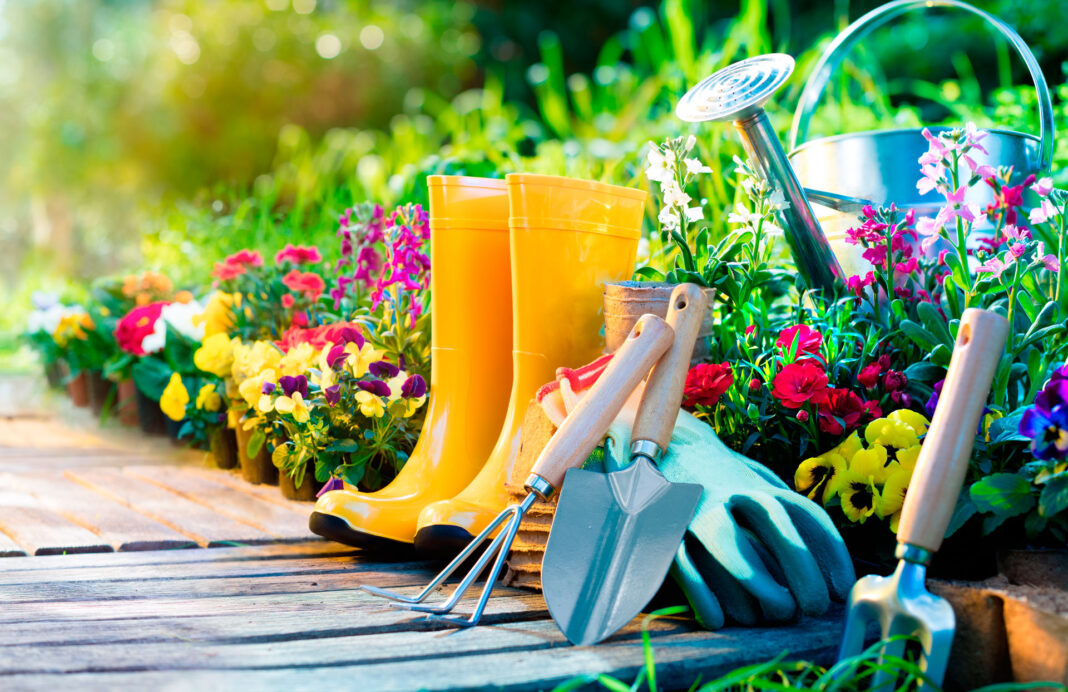A beautiful garden is a source of great joy, but also never-ending jobs
Mild temperatures, sunshine, light rain… Spring is the perfect season for gardens because many plants start to flower at this time of the year, and you can get on with jobs that are out of the question in hot or cold weather. Some plants need your attention all year round, though.
One such job is to start planting and re-potting. Along with autumn, spring is a perfect time as plants are more active, so rooting is easier. It’s also the ideal moment to start taking cuttings and sowing seeds. Try poppies, snapdragons (Antirrhinum Majus), marigolds, zinnia, sunflowers, tagetes, Chinese asters, cosmos, sweet peas and lobelia.
Work your watering schedule around the new weather conditions and the needs of each species. Remember, it is better to under water than over water. It’s always preferable to water in the early morning or late afternoon. Be generous if a plant is fully exposed to the sun or winds and avoid getting the flowers wet, or else they won’t last as long.
Use slow-release granular fertilisers. Their balanced quantities of nitrogen, iron, phosphorus, potassium, calcium and some micronutrients are needed to strengthen plants and minimise the risk of pests and diseases. Special fertilisers containing more phosphorus and potassium than nitrogen are more suitable for flowering plants as they encourage blooming.
Although the main pruning job should be done in winter for trees, shrubs, climbers and roses, gentle trimming is needed throughout the year to remove dry, broken, diseased branches, suckers, shoots that may have emerged from the roots and any withered fruit.
Hedges need three to five trimming cuts per year. If perennials and seasonal plants look lanky and sparse, cut back the tips of the shoots to encourage the stems to grow sideways and build up a more compact bush. They’ll produce more flowers this way, too. In the case of oregano, mint, lemon balm, lavender, thyme, sage and cotton lavender, cut back after flowering to prevent them from becoming woody.
As for possible pests and diseases, it’s a case of catching them as early as possible. Do this by regularly inspecting leaves for parasites or any signs of disease. The earlier you discover them, the easier it is to get them under control. Combine these frequent checks with preventive treatment for the most common pests like aphids, mealy bugs and whiteflies. Treat with ecological insecticides or fungicides. Ladybirds are a great natural way to keep aphids at bay.






